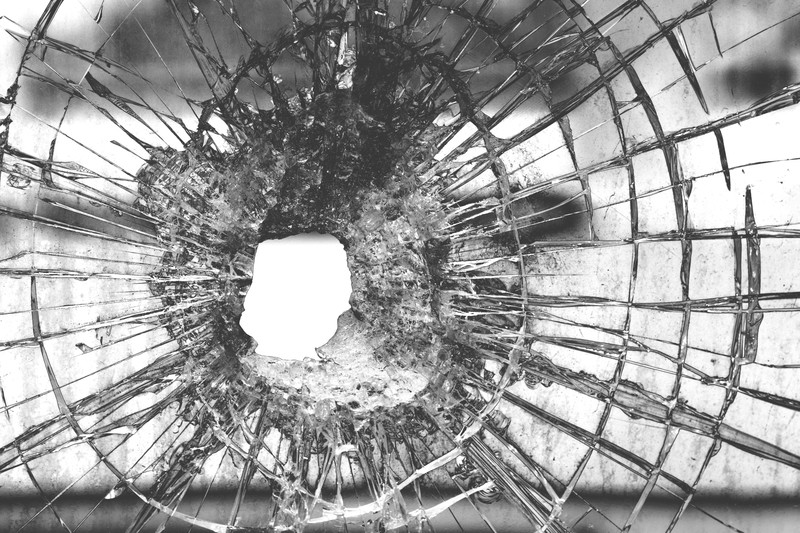Gun violence is not always a mental health issue.
Gun violence is not always an anger issue.
Gun violence is not even always intentional.
Gun violence has many faces, and it is impossible to identify them all in time to prevent it completely. Tragedies can spring from many sources: the disenfranchised loner with a score to settle, the mentally unstable man or woman on a mission, the road rage incident gone too far, the radicalized militant, or even the child who accidentally discharges his mother’s pistol in the back of the car.
There is no single profile for a person likely to commit gun violence. Even mental health issues is not a particularly good indicator of someone likely to commit violence. There are, however, a number of warning signs that we can use to paint a better picture. It is for this reason that doctors have started screening individual patients to determine whether they – or their family members – are at risk of committing, or being targeted by, gun violence.

Some good red-flag questions to ask yourself that may indicate an increased risk:
- Does your household contain unlocked guns that can be accessed by someone, such as a child or visitor, or are kept readily at hand to be quickly retrieved in an emotional moment, such as rage?
- Do members of your household threaten each other with violence, either verbally or physically?
- Has a member of your household ever pointed a gun, loaded or not, at another member of the household?
- Does someone with mental health issues in your household have access to firearms? If so, do these particular mental health issues suggest an increased risk?
An important thing to note is that these questions largely focus on the behaviors of the people in proximity or possession of the guns, as well as how the guns are stored and accessed. Stopping gun violence is not so easy as focusing on a broad group of people – even those with mental health issues – but must instead start with looking at the individual’s relationship with guns and violence in general.